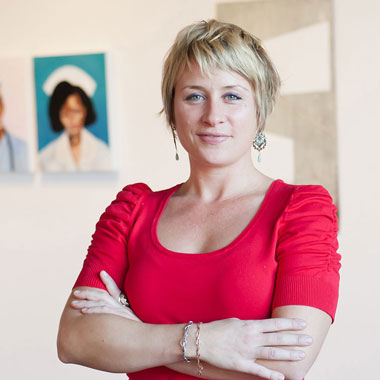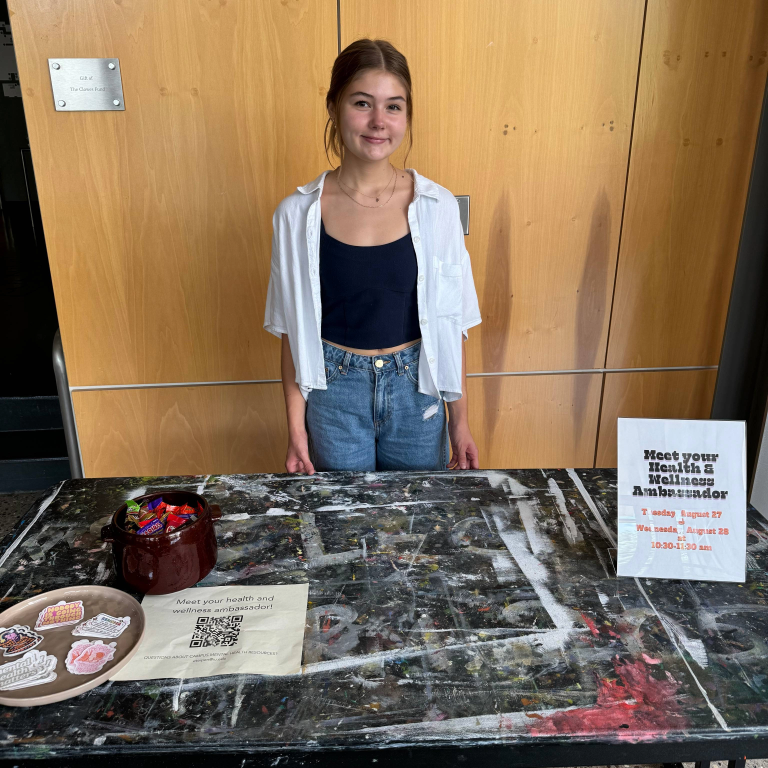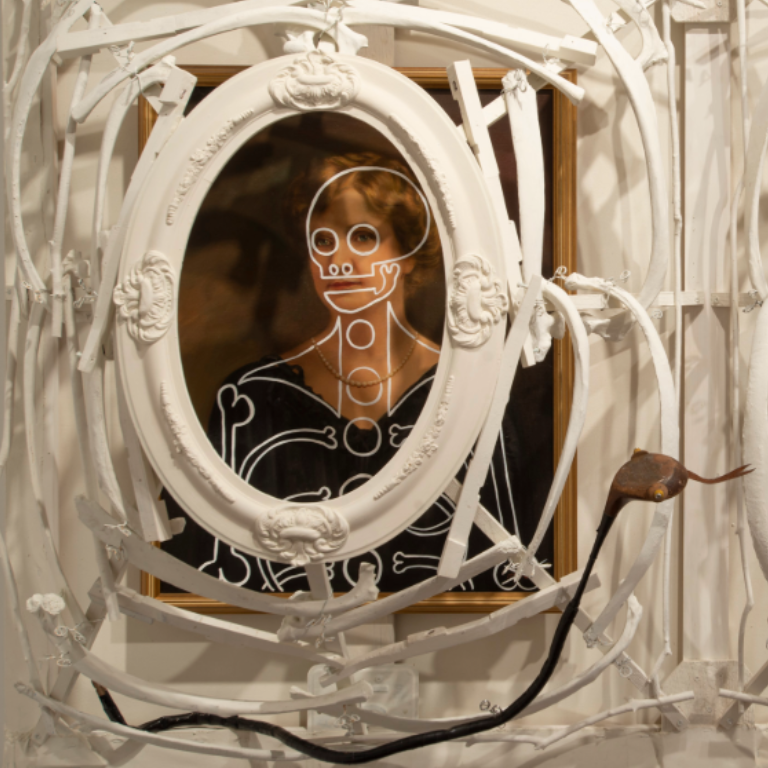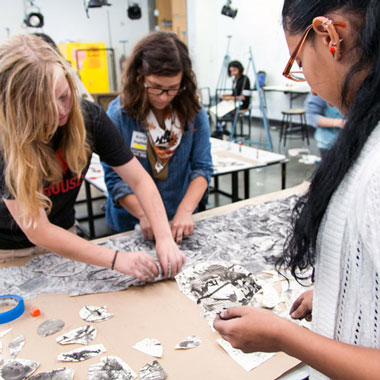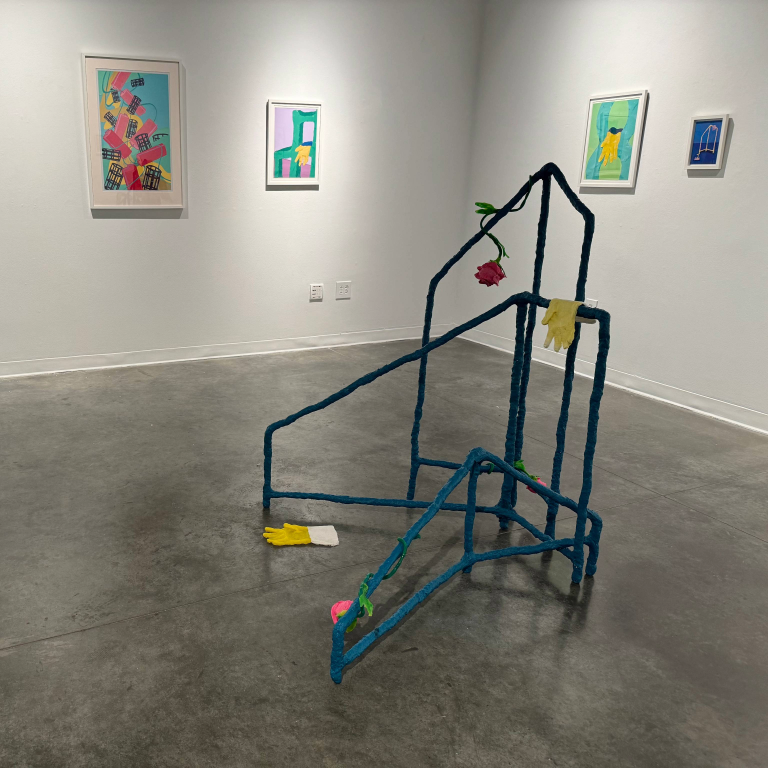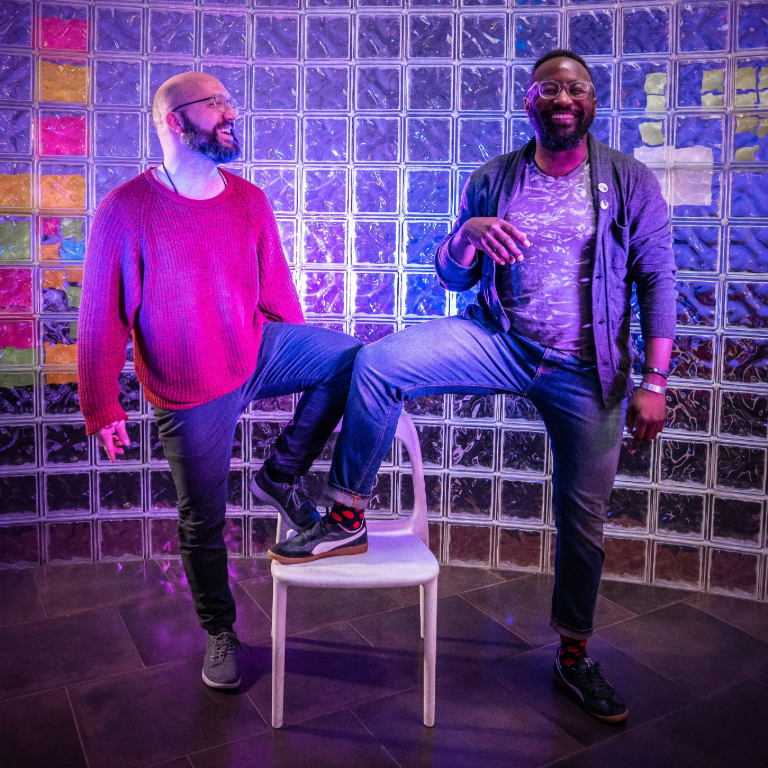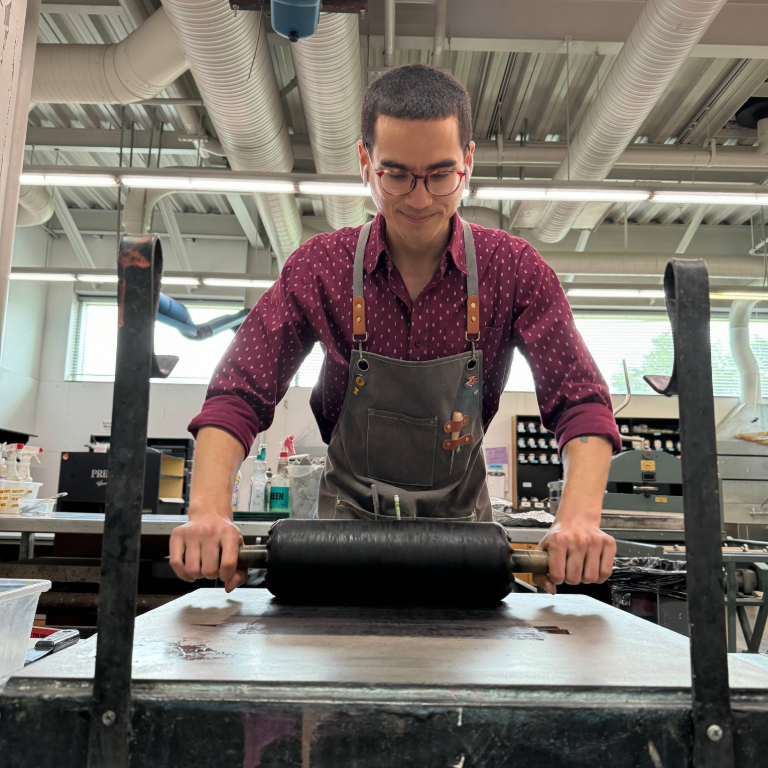Alongside four IUPUI professors, Associate Professor of Art Therapy Juliet King co-authored with alumni Kaitlyn Knapp (M.A. Art Therapy '17) and Alex Shaikh (M.A. Art Therapy '17) a new study that explores the interface between art-making, creativity, and brain function.
Their study, "Cortical Activity Changes after Art Making and Rote Motor Movement as Measured by EEG: A Preliminary Study," was recently published in the Biomedical Journal of Scientific and Technical Research. The research provides a groundwork for identifying how the human brain responds to art therapy through electroencephalography (EEG).
It is the first art therapy-related study authored by a member of Herron's faculty to be published in a biomedical journal.
One of the major challenges of art therapy is understanding its clinical effectiveness, such as the "how" and "why" of these therapeutic processes. The research is based on EEG data
"The technology used in this study contributes to a more in-depth understanding of what happens when people make art, providing a foundation to further understand the significance of creative self-expression in the healing process of psychotherapy," said King. "Moreover, this study indicates the use of advanced neuroimaging techniques, mobile brain-body imaging and brain-computer interface, as useful tools to gather information about the brain that will help to validate the field of art therapy with scientific data."
Knapp and Shaikh served as research assistants for the study while completing their M.A. degrees with partial support from the Clinical and Translational Sciences Institute (CTSI) of IU School of Medicine. Since graduating, both have become registered art therapists. Knapp is employed at St. Vincent Breast Center in Indianapolis and Shaikh works at Progressions Behavioral Health, Inc. in Pennsylvania.
Additional IUPUI collaborators include Fang Li, associate professor in the Department of Mathematical Sciences; Dr. Dragos Sabau, assistant professor of clinical neurology; Dr. Robert M. Pascuzzi, chair of the Department of Neurology; and Leisha L. Osburn, associate instructor at the Richard M. Fairbanks School of Public Health.
"Further research will help elucidate the pathways and mechanisms involved with the human action of creative arts," said Dr. Pascuzzi. "EEG measures of cortical activation may provide a biomarker for human creative function and may also lead to a screening tool that will identify optimal candidates for treatment with art psychotherapy."
Read the paper or learn more about the study and its potential impacts in Psychology Today.


